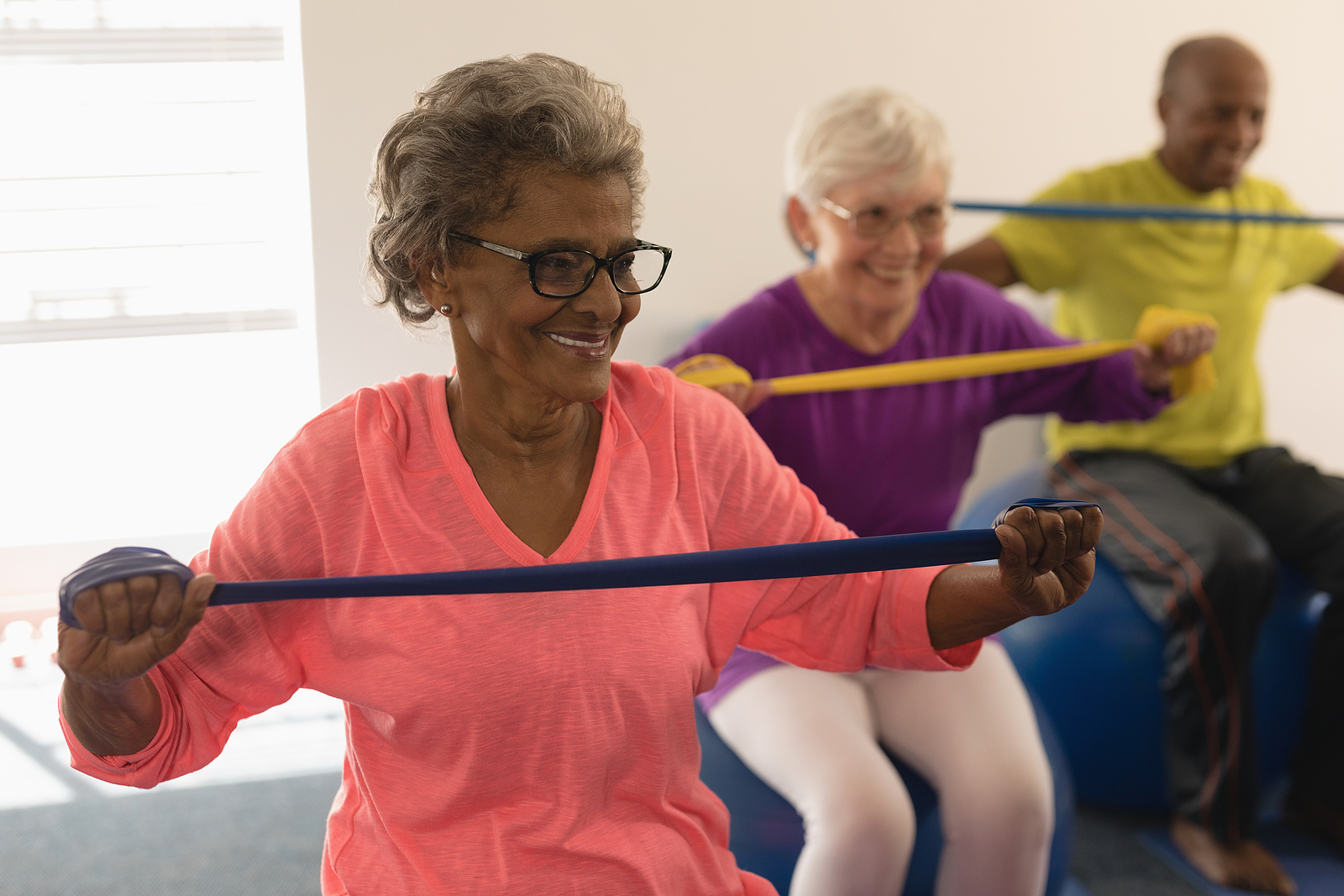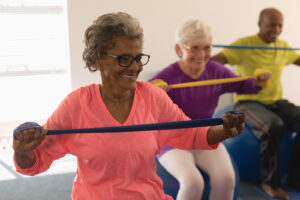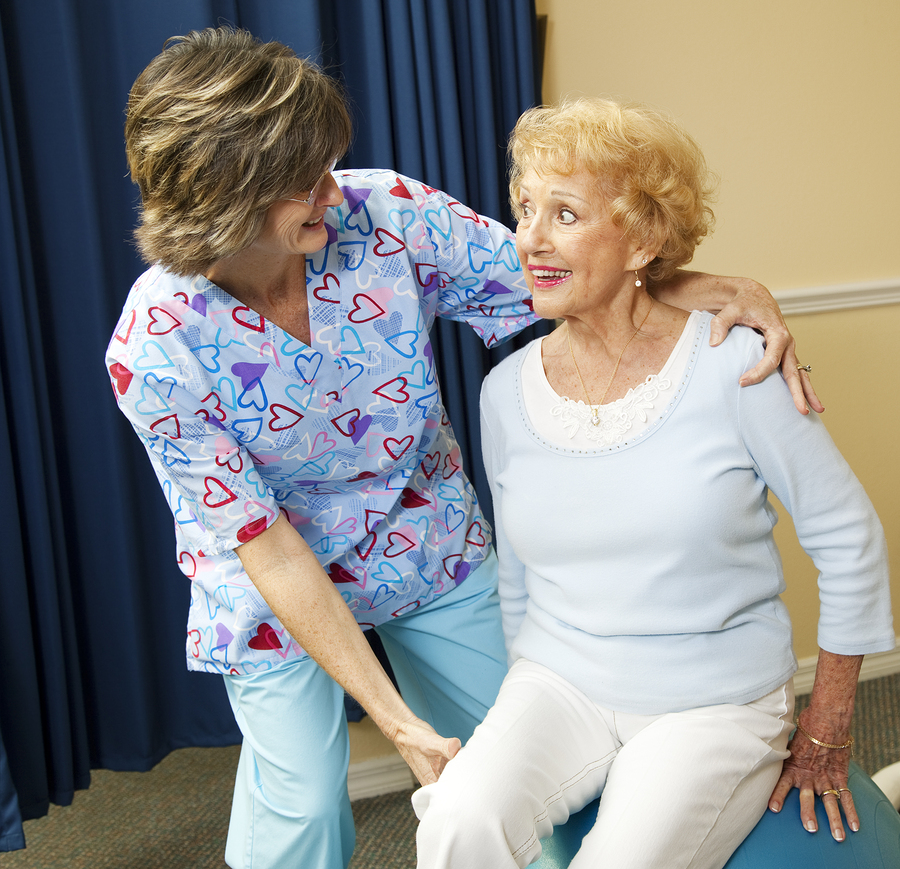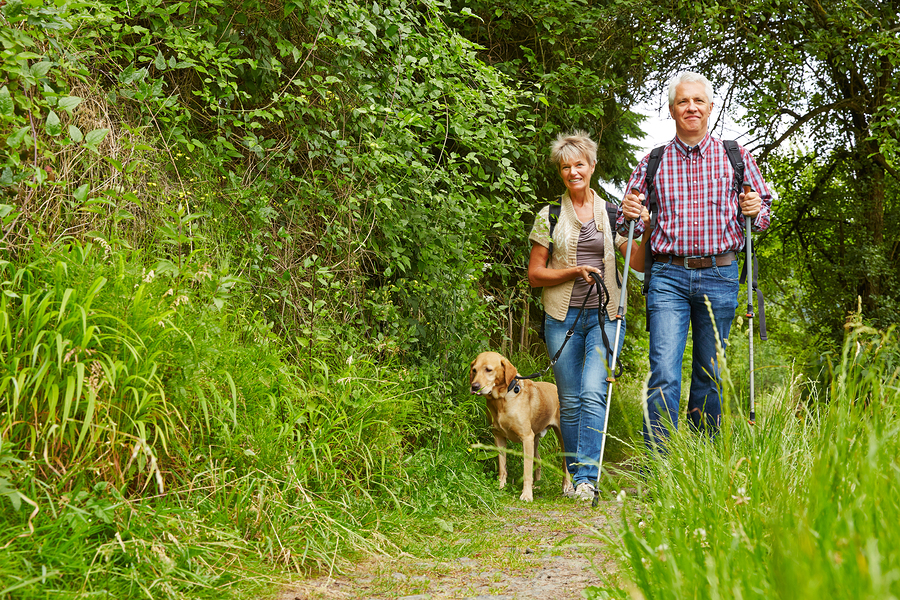
What Is a Dowager’s Hump and Can Physical Therapy Help?
The formal name for a dowager’s hump is kyphosis. What happens is that the upper spine begins to curve excessively, leading to a rounded or hunched look. Kyphosis typically occurs in older adults and has some big impacts on posture and overall health. Physical therapy providers can help seniors and family caregivers to understand and cope with a dowager’s hump.
Symptoms and Impacts of a Dowager’s Hump
Kyphosis tends to occur most commonly in people with osteoporosis, a condition that causes weakened bones. Poor posture and prolonged periods of sitting or bending can also lead to a dowager’s hump. As seniors age, their vertebrae and spinal discs naturally degenerate, which also contributes to kyphosis. The biggest symptom of a dowager’s hump is postural changes, meaning seniors have trouble standing upright. They may also experience reduced mobility, back pain, and trouble breathing.
Can Physical Therapy Help?
Physical therapy can help with so many issues seniors face, including kyphosis. Physical therapists look at the causes in each case and put together a plan to combat the spinal changes. These plans might include exercises that strengthen the back and the core, including stretches, lifting weights, and even yoga or pilates exercises that work on the core muscles.
Improving Flexibility
Improving flexibility, including in the shoulders and upper back, helps a lot with tightness and range of motion in those areas. Physical therapists help seniors to find exercises that work those areas without causing more harm. Doing these exercises regularly helps the upper back and shoulder area to relearn what it’s like to move back to normal positioning, if possible.
Posture Training
Improving posture can also help to reduce a dowager’s hump. Maintaining an upright posture, avoiding slouching, and learning ergonomic adjustments for daily activities are helpful. Physical therapists work with their patients to learn what contributes to the hunching they’re experiencing.
Pain Management
Often there is a lot of pain involved in both the kyphosis and in activities that work to resolve the hump. Physical therapists might recommend that seniors use TENS units, hot and cold therapy, or massage to help reduce discomfort and pain in those areas. These activities can also help to improve spinal flexibility and regain some mobility in those areas.
Education and Self-care Planning
Sometimes seniors and family members don’t understand what kyphosis is and what causes it, so they might look at it as just what happens when seniors get older. Physical therapists can help them to understand more about what causes a dowager’s hump and how life can be different. Physical therapists help their patients to put together a home exercise program they can continue to use long after therapy is over.

Physical Therapy Greenville SC – What Is a Dowager’s Hump and Can Physical Therapy Help?
Preventing Bigger Issues
Without intervention, kyphosis often just gets worse. Addressing the problem early helps to prevent further spinal curvature and deterioration of spine health. Regular exercise and even physical therapy sessions can help seniors to regain mobility and improve their posture. Their breathing may improve and they may be able to engage in activities they used to love doing.
Physical therapy offers a way for seniors to address the underlying cause of their dowager’s hump. Working closely with an experienced physical therapist can reduce pain, help improve posture, and restore mobility.




